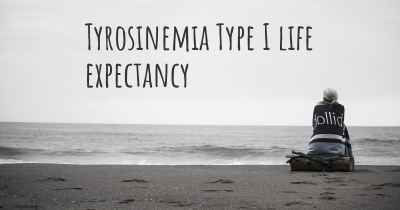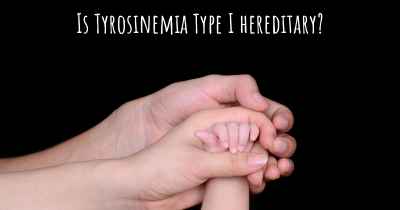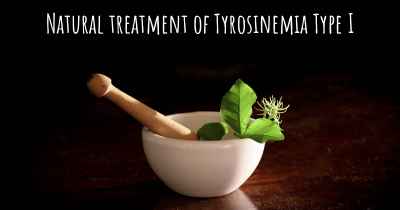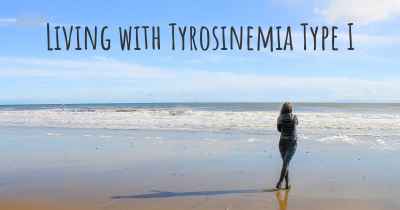What is the history of Tyrosinemia Type I?
When was Tyrosinemia Type I discovered? What is the story of this discovery? Was it coincidence or not?
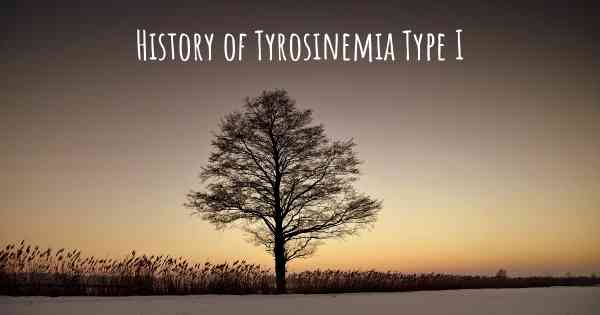
Tyrosinemia Type I is a rare genetic disorder characterized by the deficiency of an enzyme called fumarylacetoacetate hydrolase (FAH). This enzyme is essential for the breakdown of the amino acid tyrosine, leading to the accumulation of toxic byproducts in the body. If left untreated, Tyrosinemia Type I can cause severe liver and kidney damage, as well as other complications.
The history of Tyrosinemia Type I dates back to the early 1950s when the disorder was first described by Dr. J. J. Pitt and colleagues. They reported a case of a child with severe liver dysfunction and unusual urine odor. Further investigations revealed the presence of high levels of tyrosine and its metabolites in the patient's blood and urine.
Over the next few decades, researchers made significant progress in understanding the underlying cause of Tyrosinemia Type I. In the 1980s, Dr. Roscoe O. Brady and his team identified the enzyme FAH and its deficiency as the primary cause of the disorder. This discovery paved the way for the development of diagnostic tests and potential treatments.
One of the major breakthroughs in the history of Tyrosinemia Type I came in the 1990s when a drug called nitisinone (brand name Orfadin) was found to be effective in managing the condition. Nitisinone works by inhibiting an enzyme called 4-hydroxyphenylpyruvate dioxygenase (HPPD), which is involved in the production of toxic metabolites in Tyrosinemia Type I. By reducing the levels of these toxic byproducts, nitisinone helps prevent liver and kidney damage.
Since its approval for use in Tyrosinemia Type I, nitisinone has significantly improved the prognosis for affected individuals. Early diagnosis through newborn screening programs and prompt initiation of treatment with nitisinone have led to better outcomes and increased survival rates. However, long-term management of the disorder still requires a strict low-protein diet and close monitoring of tyrosine levels.
Research efforts have also focused on developing alternative treatments for Tyrosinemia Type I. Liver transplantation has been successfully used in severe cases where liver damage is already advanced. Transplantation provides a source of functional FAH enzyme and can potentially cure the disorder. However, it is a complex procedure with associated risks and challenges.
Furthermore, gene therapy approaches are being explored as a potential cure for Tyrosinemia Type I. Gene therapy involves introducing a functional copy of the FAH gene into the patient's cells to restore enzyme production. Although still in the experimental stage, early studies have shown promising results in animal models.
In conclusion, the history of Tyrosinemia Type I spans several decades of scientific research and medical advancements. From its initial description as a rare metabolic disorder to the identification of the underlying enzyme deficiency, significant progress has been made in understanding and managing the condition. The development of nitisinone as a treatment option and ongoing research into alternative therapies offer hope for improved outcomes and a potential cure in the future.
